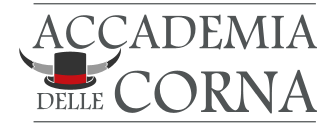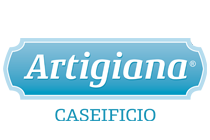Putignano - Tourism, history, food and wine, art and culture.
The "Carafa Balì"
 Il Balì G.B. Carafa in 1442 obtained from King Ferdinand I of Aragon that Putignano and Fasano should free from tax payments, only the university was required to pay the duty, as imposed by Queen Giovanna. This Balì born noble from the Carafa branch of the Stadera was a dynamic man, worthy of mention, who was able to widely administer the bailiff, taking advantage of the unlimited protection granted him by King Ferdinand. His coat of arms was adorned with the evangelical motto "Hoc face t vives" "Work well, wisely and you will live in the esteem of posterity too" in the coat of arms in addition to the three silver bands on a red field, he had put the steelyard symbol of justice, probably to remember that every action had to be weighed.
Il Balì G.B. Carafa in 1442 obtained from King Ferdinand I of Aragon that Putignano and Fasano should free from tax payments, only the university was required to pay the duty, as imposed by Queen Giovanna. This Balì born noble from the Carafa branch of the Stadera was a dynamic man, worthy of mention, who was able to widely administer the bailiff, taking advantage of the unlimited protection granted him by King Ferdinand. His coat of arms was adorned with the evangelical motto "Hoc face t vives" "Work well, wisely and you will live in the esteem of posterity too" in the coat of arms in addition to the three silver bands on a red field, he had put the steelyard symbol of justice, probably to remember that every action had to be weighed.
The balì G.B. Carafa was already prior of Capua and adviser of the King when in 1450 he ascended to the office of Balì, a period during which our castle had about two hundred fires (= families) and despite the fact that two centuries had passed since the destruction imposed by Frederick II, the walls they still attested the events that happened.
The Carafa in 1463 granted the construction of a common, public oven, given the conditions in which the municipality poured. Seven years later, instead, he had the little church of San Giovanni built for dressing during the Balì entry ceremony built outside the walls. The church was rebuilt in 1530 and abandoned in the 1700s due to the neglect of the new owners. His great work was to build very strong walls around the castle, to make the town impregnable. 14 round and 12 quadrangular towers were built in addition to the moats and crossbowmen and for the convenience of the citizens he had another door opened which was called Porta Barsento, so that this was in front of the ancient Casale of the same name, tragically destroyed by the Duke of Mottola. Porta Grande, also known as Porta Maggiore,

consisted of an arch without a door and an atrium with small balconies for the sentinels, facing a large bastion then, there was a second arch that closed. On this
bastion there was all that was needed to offend the detained enemies, besides there was the drawbridge and a system of water pipes to flood the atrium and drown those who were here.
In 1474 the Carafa almost completely rebuilt the church of San Pietro, decadent because of the vetustità.
In 1477, thanks to his intercession, Santo Stefano's reconciliation went from the Lingua di Provenza to that of Italy, thus ending the struggle between the two languages. From this time, the Balì resided either in the Castle of Santo Stefano or in that of Putignano or in Fasano. Tired he gave up his office in favor of his legitimate son Alexander and retired to private life.
From October 1503 the bailiwick was occupied by the Spaniards, due to the war between these and the French.







 This website project born from the idea of Gianni Musaio is enclosed in a team spirit and is the result of the collaboration of people, ordinary citizens, who care about the historical, cultural, artistic, geographical, food and wine heritage of the historic center of Putignano, a town in to live.
This website project born from the idea of Gianni Musaio is enclosed in a team spirit and is the result of the collaboration of people, ordinary citizens, who care about the historical, cultural, artistic, geographical, food and wine heritage of the historic center of Putignano, a town in to live.








